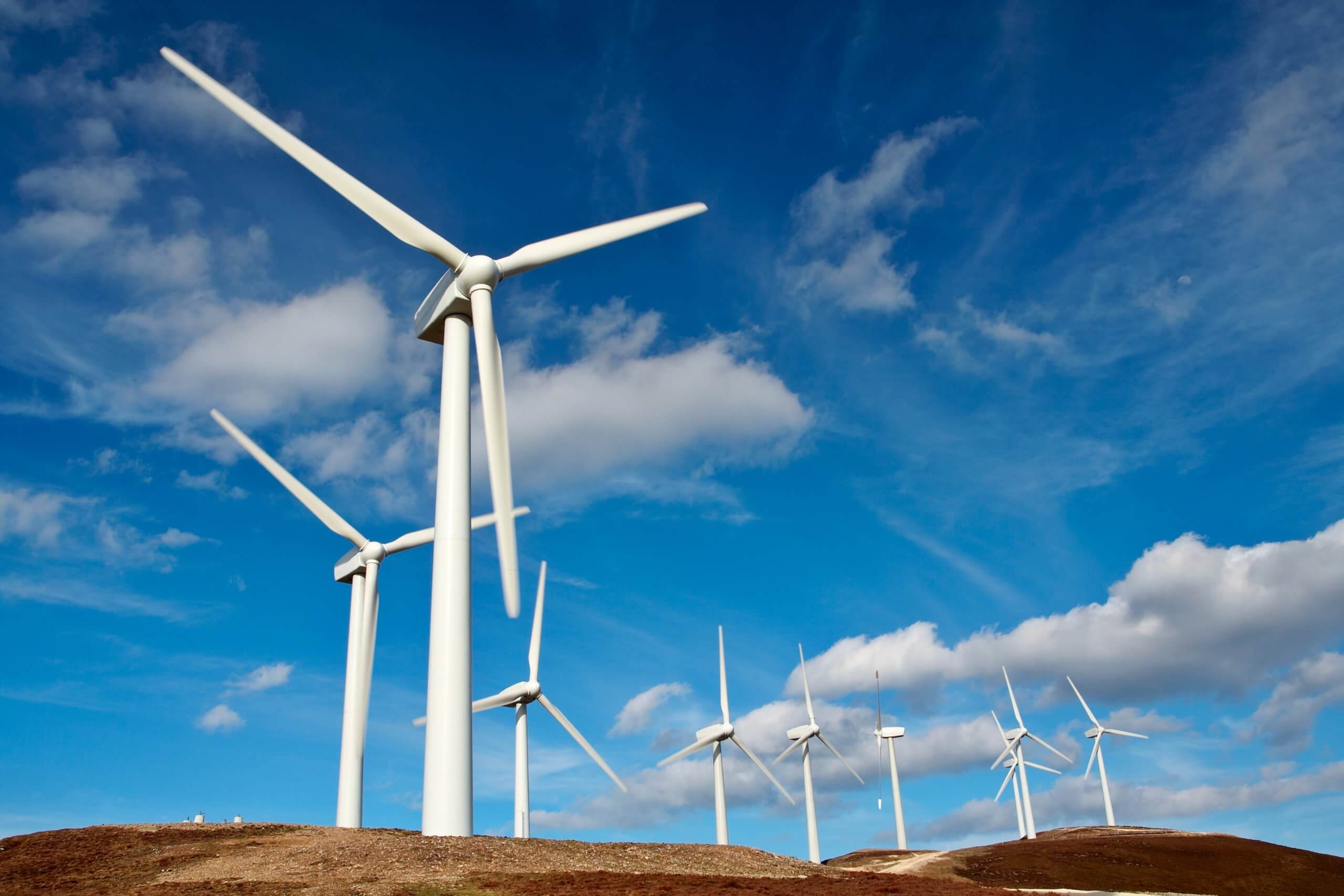Even the simplest automobile requires a wide variety of seals, including rotary shaft seals. In this blog post, you will learn the basics of these seals within the context of the automotive industry, including the materials commonly used and why PTFE is so often recommended.
Rotary Shaft Seals
The goal of a rotary shaft seal is to prevent the leakage of oil, grease, and other fluids (e.g., transmission fluid, brake fluid, air conditioning refrigerant) while also keeping environmental contaminants out. These seals, sometimes called oil or grease seals, are used with bearings to keep lubricants within the bearing and environmental contamination out (i.e., lubrication retention). The term rotary refers to their ability to perform in the presence of both rotary and swiveling movements.
Where Rotary Shaft Seals Are Used in the Automotive Industry
Rotary shaft seals are a necessary part of many components and systems within cars, trucks, buses, high performance vehicles, and motorsports. And seals are needed for EVs (electric vehicles) and HEV (Hybrid Electric Vehicles) as well. These seals are also used with ATV (All Terrain Vehicles). Some of the most common areas of application in automotive transportation are:
- Air conditioning compressors
- Braking systems
- Pumps
- Gearboxes
- Power transmissions
- Steering wheels
In most of these applications, the failure of a seal can lead to serious repercussions that include bodily injury, damage to the vehicle, and danger to those around the vehicle. Because of this, finding the right high quality seal for your application is extremely important.
Automotive Seal Operating Conditions
While the conditions for automotive rotary shaft seals do vary depending on their specific applications, the most common operating environments include …
- Extreme temperatures
- Environmental elements
- Vibration and shock loadings
- High contamination exposure
- Chemical compatibility
- Low friction
- Wear resistance
- Compliance with automotive standards
Environmental elements include exposure to sunlight, ozone, UV, and oxidation, all of which can accelerate the degradation of a seal. Contamination can include water, dirt, grease, and other debris, while the seals are likely to be exposed to materials such as diesel, hydraulic fluid, brake fluids, coolants, and chemical solvents.
Materials Used in Rotary Shaft Seals
The basic components of a spring energized seal include a flexible inner seal lip that is bonded to a rigid outer component. In addition, some of these seals may include a spring energizer to keep the lip in contact with the sealing surface (note that spring-energized seals are most commonly used for oil retention as opposed to grease retention). Furthermore, some applications may require a seal with two lips where one serves as a wiper seal or dust lip to further prevent the ingression of contaminants.
The outer material for a rotary shaft seal is responsible for seal positioning and retention in the seal housing. This part of the seal is typically made from stainless steel, aluminum, or a rigid non-metallic composite material.
The seal lip itself is made from either an elastomer or a polymer, with high performance PTFE being one of the most commonly used polymers. PTFE meets all the requirements for an effective, dependable seal lip, including the ability to handle high pressures, wide ranging chemical compatibility, extremely low friction, and excellent wear resistance. PTFE can also include additives such as carbon or MoS2 that can enhance properties such as strength, stiffness, wear resistance, and low friction.
Nitrile rubber (NBR, Buna-N) and polyacrylate rubber (ACM) are both widely used elastomeric materials for automotive rotary shaft seals. Another often used elastomer category is fluoroelastomers commonly referred to as FKM, Viton, and FPM. These offer superior performance compared to nitrile and polyacrylate, but they do cost more.
PTFE Rotary Shaft Seals
At Advanced-EMC, we highly recommend the use of PTFE rotary shaft seals in the automotive industry where possible. They provide excellent performance in the harsh conditions often involved and are the most chemically compatible and low friction polymer on the market today. They can outperform elastomeric materials and are quickly replacing their use in many applications.
There are several grades of PTFE to choose from, including …
- Virgin PTFE: light-duty service with slow speeds
- 25% Glass-filled PTFE: wear and extrusion resistant but abrasive to shafts with a hardness less than 62C
- 23% Carbon / 2% Graphite-filled PTFE: general purpose service where extrusion and deformation resistance are necessary
- 15% Glass / 5% MoS2 filled PTFE: excellent wear resistance makes it well adapted to higher speed applications
- Polyimide-filled PTFE: because of its low abrasion, works well with soft materials such as 300 SS and Aluminum
- Modified PTFE: higher mechanical strength and better wear resistance
Conclusion
Rotary shaft seals can be found everywhere from the air conditioning to the power transmission system on a vehicle. Finding the right sealing solution that can handle the extremely harsh operating conditions and high temperature environments can be challenging, but PTFE has become one of the most popular choices for the seal lip material.
If you are interested in an effective, reliable sealing solution for your automotive application, contact the knowledgeable team at Advanced-EMC today. Our engineers can work with you to find the right seal, made from the right materials, for even your most challenging designs.




